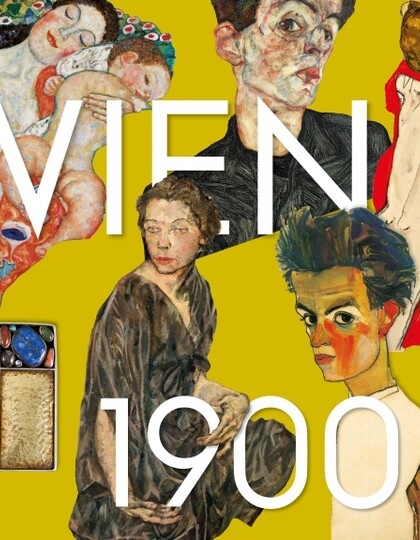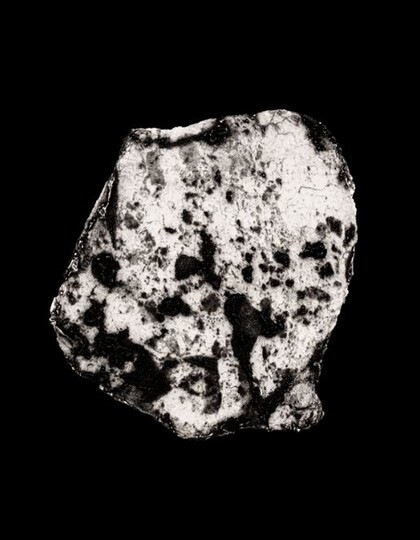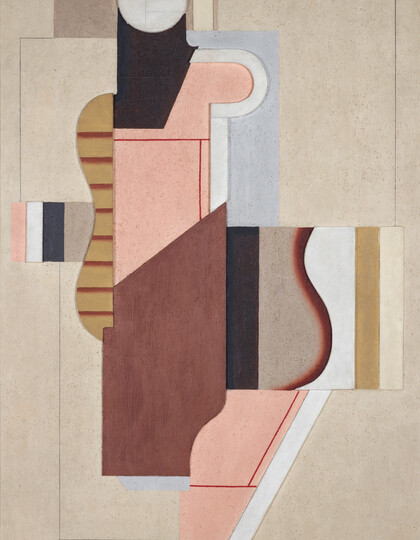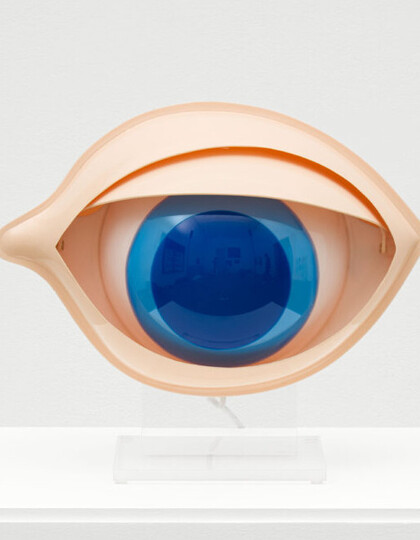25.04.2019 to 01.09.2019
Host: MQ Cultural Tenants
Dance of Urgency
FREE ENTRY, ART
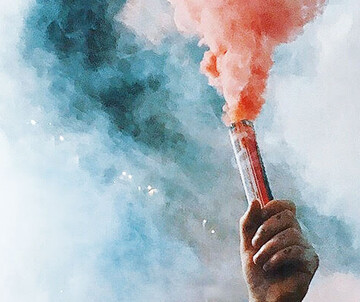
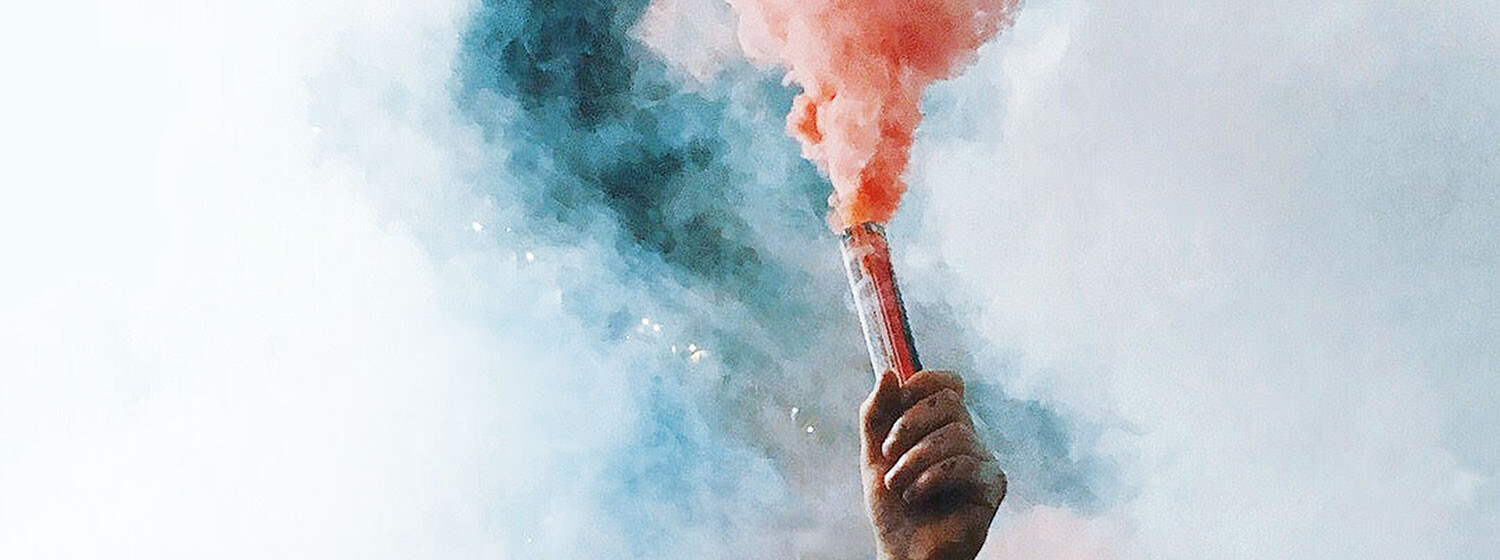
Press tour: Wed, Apr 24, 10:00
Opening: Wed, Apr 24, 19:00
Afterparty: DANCE OF URGENCY: BASSIANI x UNDERGROUND RESISTANCE x NODRAMA
@ Das Werk, from 22:00 / admission: 10€ (presale)
Every type of dance is based on an underlying symbolism. Dance can be a form of socialising, an art form or an expression of ritualistic practices. How do the Rave-o-lution of 12 March 2018 in front of the Georgian Parliament in Tbilisi and anti-fascist protests in Berlin relate to ancient Dionysian rituals, and why does the soundtrack to these events come from the drums of African Americans? And to what extent does dance club culture reflect the current socio-political situation and the struggle of individuals or of groups? The exhibition, curated by Bogomir Doringer, aims to find a definition of 'Dance of Urgency' that is based on those emotions arising out of personal and collective crises.
Participants:
Chiara Baldini* (ITA), Jan Beddegenoodts (BEL), Irina Birger* (NLD), Heather Dewey-Hagborg* (USA), Shohei Fujimoto* (JPN), Nikolaus Geyrhalter (AUT), Frédéric Gies* (FRA), Kélina Gotman (GBR/CAN), Dan Halter (ZAF), Dimitri Hegemann* / TRESOR (GER), Sampo Hänninen (FIN), Cornelius Harris & Mark Flash / UNDERGROUND RESISTANCE (USA), Andrew Herzog (USA), Damien Jalet (BEL/FRA), JAZAR CREW (PSE), Liese Kingma (NLD)* / SN8, Clubcommission Berlin, Rafael Kozdron (POL), Yarema Malashchuk & Roman Himey / CXEMA (UKR), MAMBA NEGRA (BRA), Pedro Marum* (PRT), Moniker* (NLD), Naja Orashvili & Giorgi Kikonishvili* / BASSIANI (GEO), Francesco Pusterla* (ITA), RECLAIM CLUB CULTURE, Paata Sabelashvilli* (GEO), Derek Sivers (USA), SPACEMAKER (NLD), Anna Vasof (AUT), Ari Versluis (NLD), Anne de Vries (NLD)
*Artists-in-Residence of Q21/MQ
Memories of clubbing during the 1999 NATO strikes on Belgrade were the catalyst for Serb-Dutch artist and curator Bogomir Doringer (Ph.D. candidate, Artistic Research, University for Applied Arts Vienna) to focus on dance as a political phenomenon. In 2014 as part of the project 'I Dance Alone', Doringer began to document dance culture in clubs and variants of collective and individual forms of dance around the world.
In countries where the social system has broken down and cultural institutions are lacking, clubs serve as hubs where people meet, move, learn, but also where young people are influenced or manipulated. When clubs are understood to be places in which social changes are reflected, the examination of dance culture can help better predict and understand the behaviour of mass movements.
At the same time, Doringer addresses the return of political power on the dance floor, something which is becoming ever-more prevalent following the emergence of right-wing sentiment, particularly in the west. Authoritarian political systems foment the emergence of new ideas and movements. Thus Jazar Crew (Palestine), for example, as the star of the local electronic music scene, gives a face to Palestinian youth; Mamba Negra (Brazil) who focus on women and LGBTQ+ empowerment or the group Cxema (Ukraine), whose rave events are meeting places for various groups and communities of progressive youth.
When people congregate to dance together, they influence one another's movements through their physical and emotional bonds. In May 2018, government armed forces carried out a raid on the well-known Techno Club 'BASSIANI' in Tbilisi, Georgia. The club was known for its activist activities. The following day, 15,000 people flooded into the streets to protest against the raid, ultimately compelling the government to issue an official apology. 'We Dance Together, We Fight Together' was the most prominent slogan to be seen over those days. The experimental film 'Dance or Die' by Naja Orashvili and Giorgi Kikonishvili (BASSIANI) pursues the political importance of dance and shows how club spaces paved the way for a completely new youth culture in Georgia. The events in Tbilisi inspired other movements worldwide: not long afterward, 70,000 people met in Berlin to protest against fascism. The protest was instigated by 'Reclaim Club Culture', a network of party organisers, cultural activists and researchers.
In his work 'Homo Sapiens', Nikolaus Geyrhalter documents abandoned and forgotten places throughout the world. In the exhibition, the film can be viewed as a meditation on architecture without people. It is an apocalyptic-looking extreme of emptiness, yearning for human participation. The soundscape is at once soothing and disturbing. An unreconciled and traumatic collective past searches in the present for new places of remembrance, for new deserted areas where 'Dance of Urgency' can take place.
Cornelius Harris and Mark Flash, both part of the historically significant music collective Underground Resistance (UR), have produced a video essay created exclusively for this exhibition, which documents the history of musical forms of resistance of Afro-Americans and shows how central music always was to the struggle for freedom in the USA and beyond. Sounds range from drums that were banned in the United States after it was realised that they concealed secret messages, to gospel songs which used the flight of Moses out of Egypt as code for an escape out of slavery. This is followed by sounds which served as musical accompaniment to the civil rights movement, and Techno up to Underground Resistance.
Chiara Baldini and Rafael Kozdron adapted the essay 'The Politics of Ecstasy' into a video piece recounting the story of the 'Bacchanalia Affair' - the repression of the Bacchanalia in ancient Rome in 186 B.C. The work outlines the striking similarities between ancient Dionysian practices and certain modern day electronic music events, which often share similar values (like inclusivity, LGBTQ+ community, female empowerment, safe spaces etc.). The original “Senatus Consultum de Bacchanalibus” - the bronze plate inscribed with the senate decree regarding the prohibition of cults in Rome and Italy - is held in the Kunsthistorisches Museum's classical collection in Vienna.
Anne de Vries’ Video 'Critical Mass: Pure Immanence' shows the development of electronic music in the 1970s, which frequently served to strengthen small (often queer) alternative communities in to massive music festivals. His work looks into the esotericism of today's lucrative electronic dance events with spectacularly staged, bombastic audio-visual productions for masses, understood as entertainment. This work could also be about the power of the music industry and its potential to manipulate crowds.
It has been scientifically proven that the act of watching dancers activates the body and mind of the onlooker. The exhibition invites visitors to immerse themselves in this research project about club culture. 'Dance of Urgency' is based on the ongoing project 'I Dance Alone' and is a continuation of the exhibition 'Trans-Forma' in cooperation with the department 'Social Design – Arts as Urban Innovation' of the University of Applied Arts Vienna.
Accompanying the exhibition is a comprehensive supporting programme. Planned are film premieres as part of this year's film festival frame[o]ut (July 13 to September 1), an artist talk with Kélina Gotman (King's College London), a workshop as part of the MQ KinderKulturParcours and a cooperation with ImPulsTanz (July 11 to August 11), among other events.
'Dance of Urgency' is organised in cooperation with the Austrian Federal Ministry for Europe, Integration and Foreign Affairs.
The companion publication is produced with the support of the Institute for 'Social Design - Arts as Urban Innovation' of the University of Applied Arts Vienna.
Exhibition display: Sam Beklik, Mozarteum University Salzburg, Department of Stage and Costume Design, Film and Exhibition Architecture.
Exhibition graphics: Alessia Scuderi
A selection of Bogomir Doringer's research material will be presented in the donaufestival in Krems (April 26 to May 5.).

